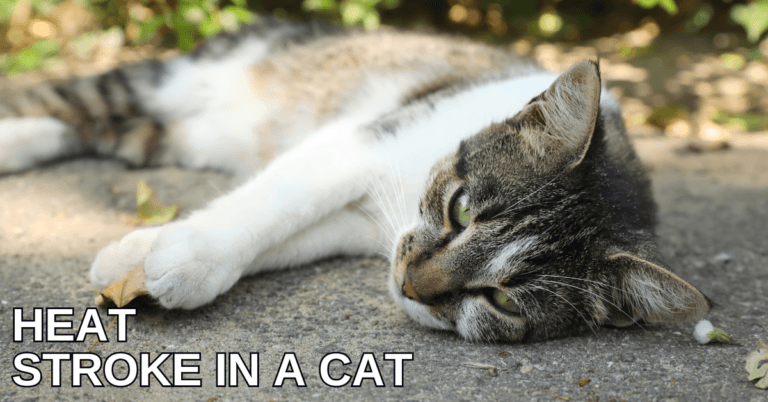Best Homemade Cat Food Recipes
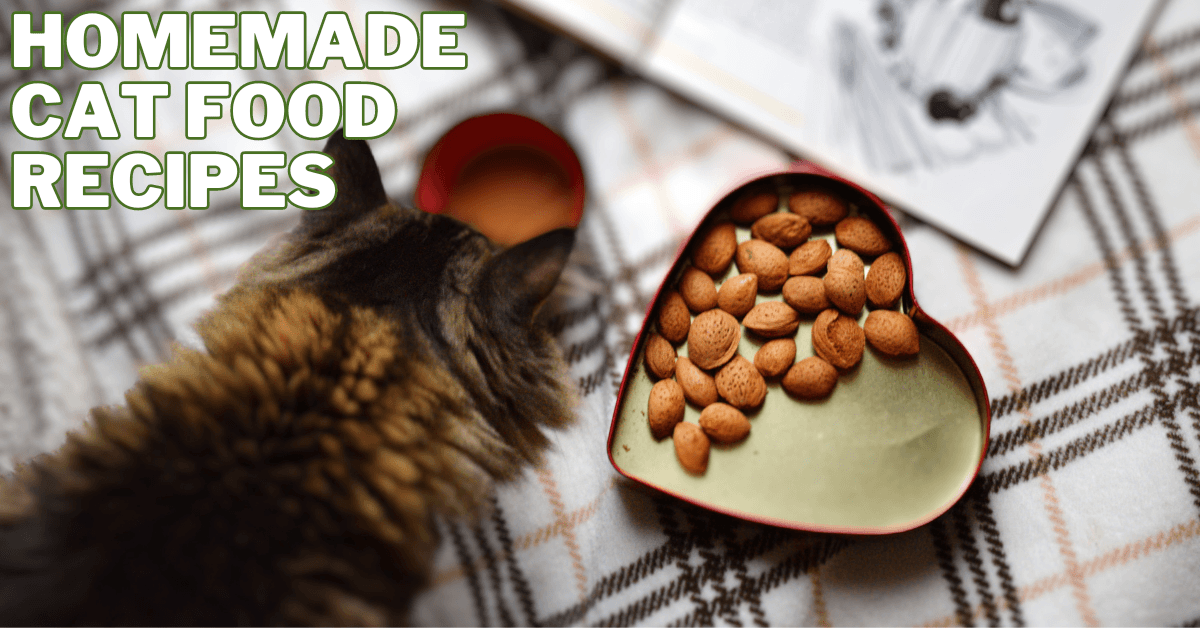
Best Homemade Cat Food Recipes
With an increasing emphasis on pet nutrition and well-being, many cat owners turn to homemade cat food recipes to provide their feline companions with wholesome and nourishing meals.
Crafting homemade cat food gives pet owners full control over the quality and ingredients of their cat's diet, ensuring that it meets their specific dietary needs and preferences.
From fresh meats and fish to vegetables and grains, homemade cat food recipes offer various options to accommodate different dietary requirements and taste preferences.
In this article, we'll explore a selection of homemade cat food recipes that are simple to prepare, nutritionally balanced, and tailored to support your cat's health and vitality.
Whether you're looking to transition your cat to a homemade diet or want to supplement their commercial food with homemade meals, these recipes will inspire you to provide your feline friend with delicious and nutritious fare made with love.
Benefits Of Homemade Cat Food
Preparing homemade cat food offers several benefits that contribute to the health and well-being of your feline companion:
1. Better Control Over Ingredients
Homemade cat food allows you to carefully select and control the quality of ingredients used in your cat's diet.
You can choose high-quality meats, fish, and vegetables and avoid additives, preservatives, and fillers commonly found in commercial cat food.
Knowing exactly what goes into your cat's food gives you peace of mind and ensures they receive nutritious meals.
2. Customization To Meet Specific Dietary Needs
Every cat has unique dietary requirements and preferences. Homemade cat food allows you to tailor your cat's diet to meet its specific needs, whether it has food sensitivities, allergies, or medical conditions such as kidney disease or diabetes.
You can adjust your meals' protein, fat, and carbohydrate content to support their overall health and address specific nutritional concerns.
3. Potential Cost Savings
While the initial investment in ingredients and preparation equipment may seem daunting, homemade cat food can ultimately save you money in the long run.
By buying ingredients in bulk, preparing large batches of food at once, and avoiding the markup associated with commercial cat food brands, you can reduce your overall expenses while providing your cat with high-quality, nutritious meals.
Overall, the benefits of homemade cat food include better ingredient control, customization to meet specific dietary needs, and potential cost savings, all of which contribute to your cat's health, vitality, and overall well-being.
Introducing The Homemade Cat Food Recipes
In a world where pet nutrition is increasingly in the spotlight, many cat owners are seeking ways to provide their beloved feline companions with meals that are not only nutritious but also tailored to their individual needs and preferences.
Enter homemade cat food recipes – a rising trend among pet parents looking to take control of what goes into their cat's bowl. Here are some recipes for homemade cat food:
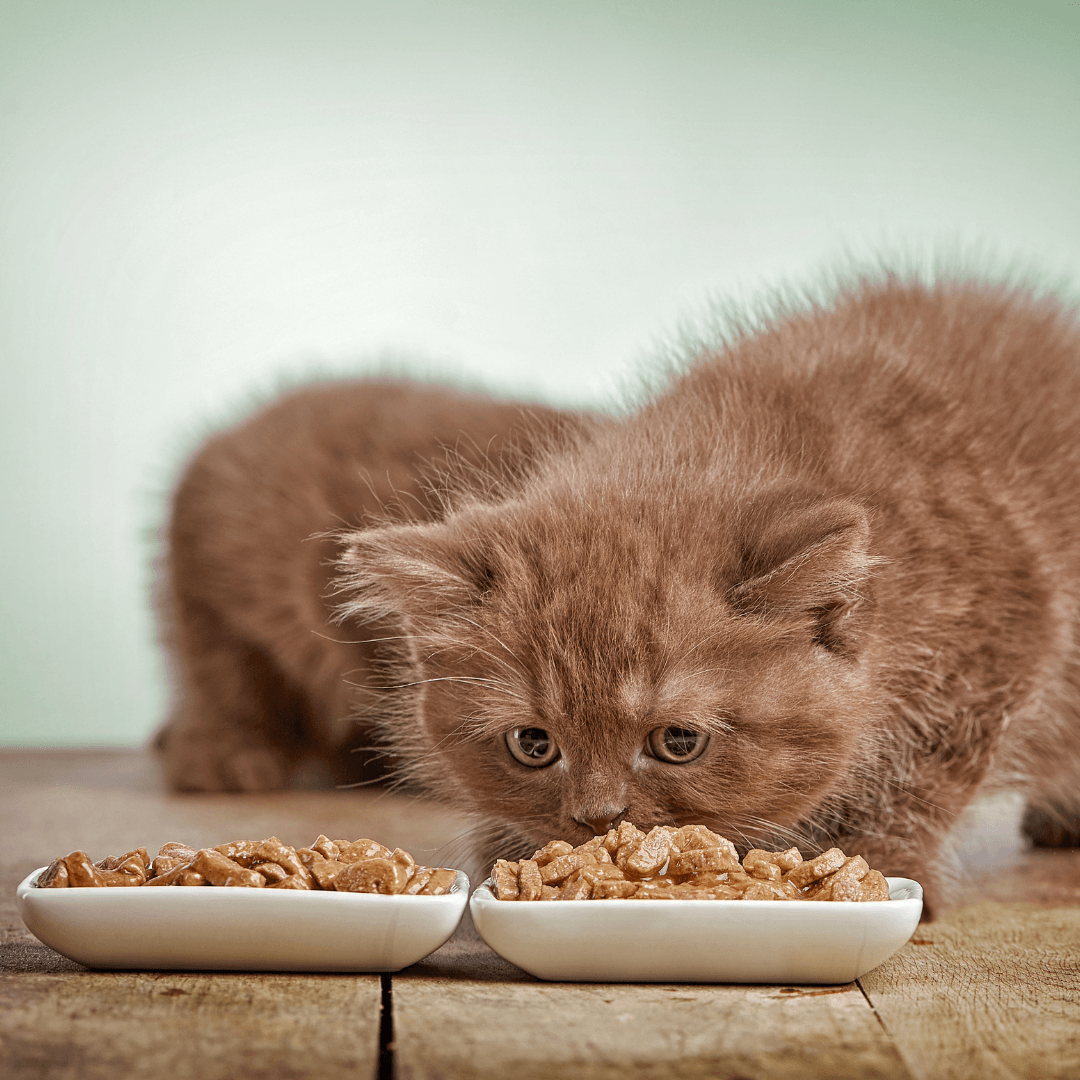
1. Basic Chicken And Rice Cat Food
This homemade cat food recipe provides a simple and nutritious meal option for your feline friend.
With just three basic ingredients – cooked chicken, cooked rice, and water – you can create a balanced meal that is easy for your cat to digest.
Ingredients
1. Cooked Chicken (Boneless)
Boneless chicken is a lean source of protein for cats. It provides essential amino acids necessary for muscle growth and maintenance. Opt for plain cooked chicken without any seasoning, sauces, or bones, as these can harm cats.
2. Cooked Rice
Rice serves as a carbohydrate source in this recipe. It's easily digestible and provides energy for your cat. Both white and brown rice are suitable options, but ensure it's fully cooked and soft before mixing with other ingredients.
3. Water
Water is essential for hydrating the food and making it easier for your cat to consume. It also helps prevent the food from becoming too dry, enhancing its palatability.
Instructions
1. Shred The Cooked Chicken
Once the boneless chicken is fully cooked, allow it to cool slightly. Then, shred the chicken into small, manageable pieces using a fork or your fingers. This step ensures that the chicken is in bite-sized portions suitable for your cat.
2. Cook The Rice
While the chicken cools, prepare the rice as directed on the package. Make sure the rice is tender and thoroughly cooked. After cooking, let it cool a little before moving on to the next phase.
3. Mix Chicken And Rice
Combine the shredded chicken with the cooked rice in a mixing bowl. Use a spoon or your hands to mix the ingredients thoroughly.
This step ensures that the chicken and rice are evenly distributed throughout the mixture.
4. Add Water To Moisten
Add a small amount of water to the mixture to moisten the cat food and make it easier for your cat to eat.
Start with a tablespoon of water and gradually add until the food reaches the desired consistency. Mix well to incorporate the water evenly.
Following these steps, you can create a homemade recipe for essential nutrients tailored to your cat's preferences and dietary needs.
Monitor your cat's reaction to the new food and consult your veterinarian if you have any concerns.
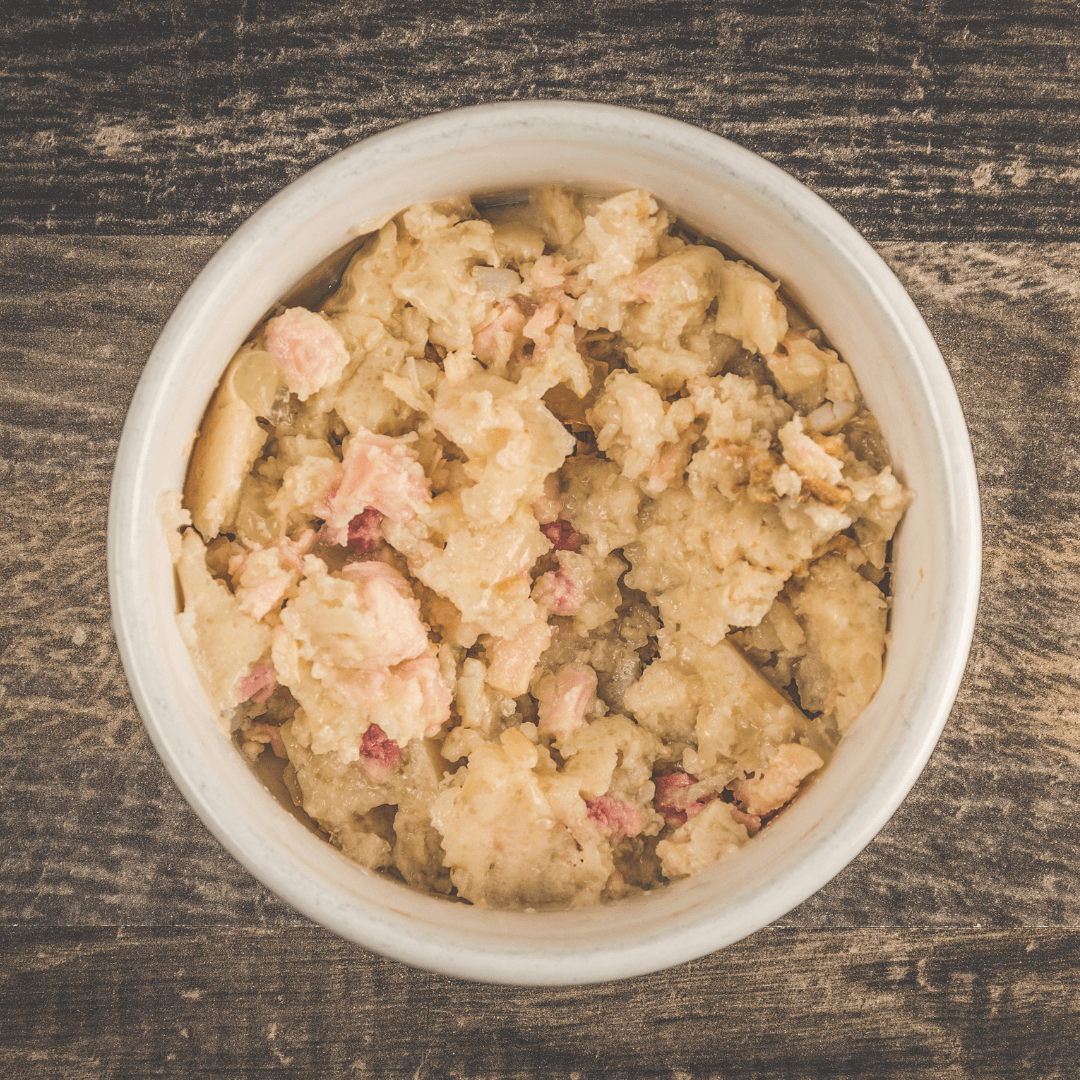
2. Tuna And Sweet Potato Cat Food
Tuna and Sweet Potato Cat Food is a nutritious homemade meal option that provides your cat with essential nutrients.
Tuna offers high-quality protein, while sweet potato adds vitamins, minerals, and fiber to your cat's diet. Additionally, fish oil can provide omega-3 fatty acids for your cat's overall health.
Ingredients
1. Canned Tuna (in Water, Drained)
Canned tuna provides a good source of protein and omega-3 fatty acids, which benefit your cat's overall health.
Ensure you choose tuna canned in water rather than oil or other sauces, and drain any excess liquid before use.
2. Cooked Sweet Potato
Sweet potatoes are nutritious carbohydrates that provide essential vitamins and minerals, such as vitamin A and potassium. Cook the sweet potato until it's soft and easily mashed.
3. Fish Oil (Optional)
Fish oil is abundant in omega-3 fatty acids, which promote joint health, healthy skin and coats, and general cat well-being.
Although it's optional, adding a few drops of fish oil can offer additional nutritional benefits.
Instructions
1. Mash The Cooked Sweet Potato
Begin by cooking the sweet potato until it's soft. Let it cool somewhat after cooking, and then peel and mash. Mash the sweet potato until it forms a smooth consistency without any lumps.
2. Mix With Canned Tuna
Combine the mashed sweet potato with the drained canned tuna in a mixing bowl. Use a spoon or fork to mix the ingredients thoroughly, ensuring that the sweet potato and tuna are evenly distributed.
3. Add Fish Oil (Optional)
Add a few drops of fish oil to the mixture for additional nutritional benefits if desired. Fish oil can help support your cat's skin, coat, and overall health. Stir the mixture again to incorporate the fish oil evenly.
Following these steps, you can create a homemade cat food recipe using tuna and sweet potato that offers a balanced blend of protein, carbohydrates, and essential nutrients for your cat's diet.
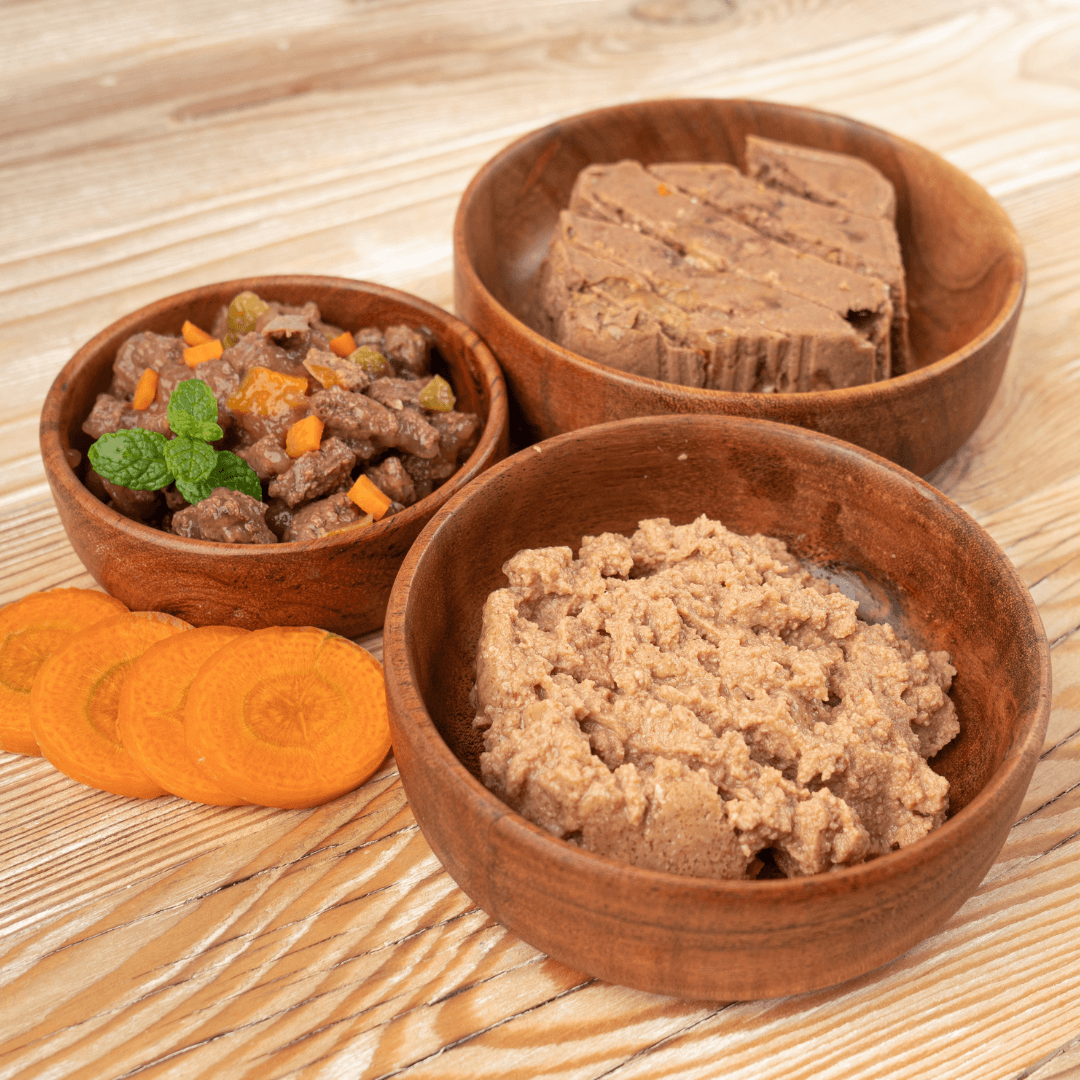
3. Beef And Carrot Cat Food
This recipe offers a wholesome homemade meal option for your beloved feline companion.
It incorporates lean protein from cooked ground beef and essential vitamins from cooked carrots.
With the addition of water for moisture, this Beef and Carrot Cat Food provides a balanced and nutritious meal for your cat.
Ingredients
1. Cooked Ground Beef
Cooked ground beef serves as the primary protein source in this recipe. It provides essential amino acids for your cat's muscle development and overall health.
Choose lean ground beef to avoid excessive fat content, which can be difficult for cats to digest.
2. Cooked Carrots
Cooked carrots add valuable vitamins and minerals to your cat's diet, including vitamin A, potassium, and fibre.
Carrots also provide natural sweetness and texture to the meal, enhancing its palatability for your cat.
3. Water
Water is included in the recipe to moisten the food, making it easier for your cat to chew and swallow.
Adequate hydration is essential for your cat's overall well-being, and incorporating water into their food helps ensure they consume enough fluids.
Instructions
1. Prepare The Cooked Ground Beef
Start by thoroughly frying the ground beef in a skillet. Before continuing, use lean ground beef and remove any extra fat.
Let it cool a little before adding the cooked ground beef to the cat food mixture.
2. Cook And Mash The Carrots
Cook the carrots until soft and tender. Steam, boil, or microwave them until they are easily mashable.
Mash the cooked carrots using a fork or potato masher until they form a smooth consistency. Alternatively, you can puree the carrots for a finer texture.
3. Combine Ground Beef And Mashed Carrots
Combine the cooked ground beef with the mashed carrots in a mixing bowl. Mix the ingredients thoroughly to ensure even distribution.
The combination of ground beef and carrots provides a well-rounded meal for your cat, offering protein and essential nutrients.
4. Add A Small Amount Of Water
Gradually add a small amount of water to the mixture to achieve the desired consistency. Stir the mixture well to incorporate the water evenly throughout.
The water helps moisten the food, making it easier for your cat to eat and digest while providing additional hydration.
Following these steps and using simple, wholesome ingredients, you can prepare a nutritious Beef and Carrot Cat Food that your cat will love.
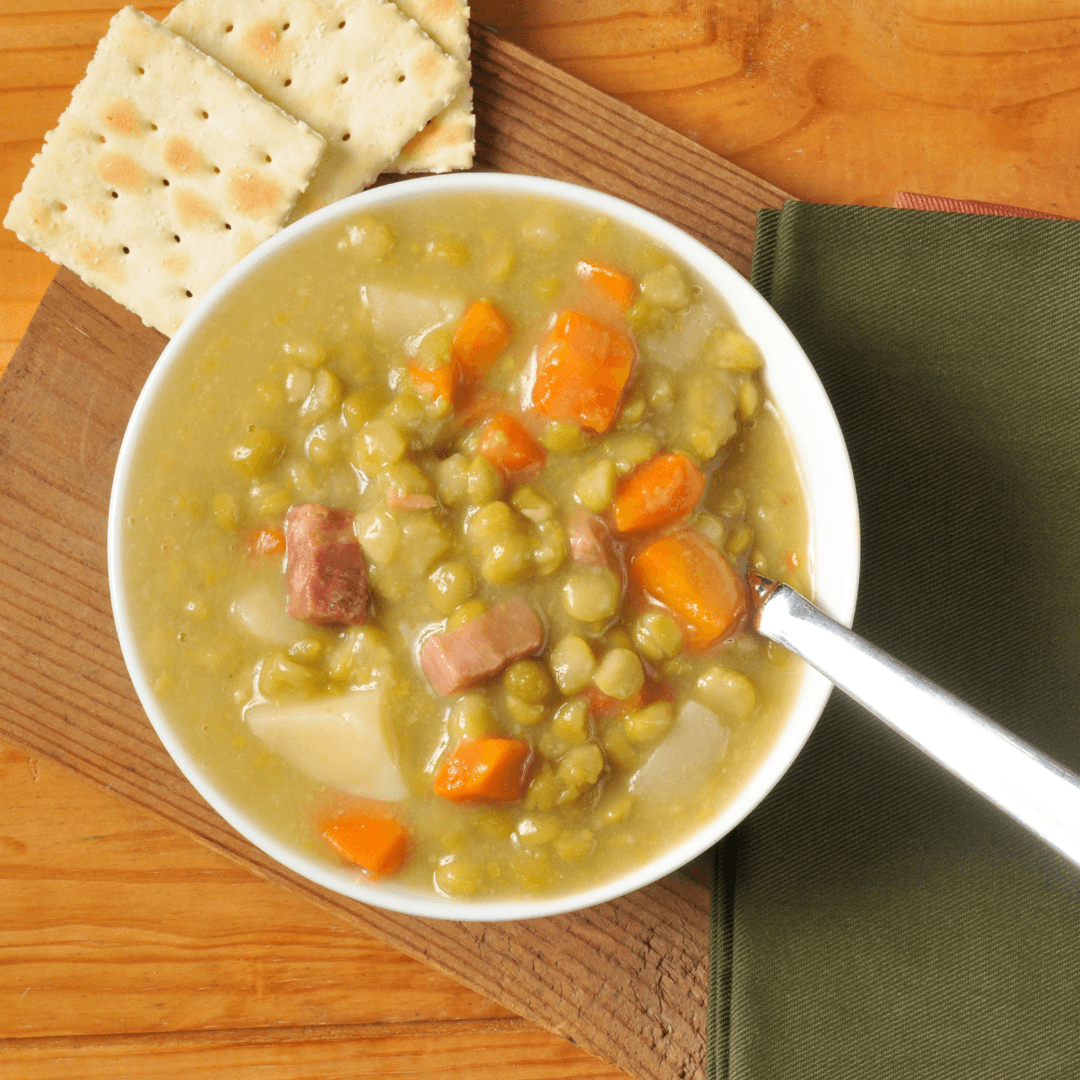
4. Salmon And Pea Cat Food
This homemade Salmon and Pea Cat Food recipe offers your cat a flavorful and nutritious meal option.
It incorporates omega-3 fatty acids from cooked salmon, essential vitamins and minerals from cooked peas, and additional flavour and moisture from chicken broth.
By combining these ingredients, you can provide your feline friend with a balanced and delicious meal.
Ingredients
1. Cooked Salmon (Flaked)
Cooked salmon serves as the main protein source in this recipe. It provides essential omega-3 fatty acids, which support your cat's skin, coat, and overall health.
Ensure the salmon is cooked thoroughly and bones-free to prevent any potential choking hazards for your cat.
2. Cooked Peas
Cooked peas add fiber, vitamins, and minerals, including vitamins A, C, and potassium, to your cat's diet.
Peas also offer a natural sweetness and texture to the meal, making it more appealing to your cat's palate.
3. Chicken Broth
The chicken broth adds moisture and flavour to the cat food mixture. It helps achieve the desired consistency while enhancing the overall taste of the meal.
Choose low-sodium or homemade chicken broth to avoid excessive salt content, which can harm your cat.
Instructions
1. Prepare The Cooked Salmon
Start by cooking salmon fillets until they are fully cooked. You can bake, grill, or poach the salmon until it flakes easily with a fork.
Once cooked, allow the salmon to cool slightly before flaking it into small, bite-sized pieces. Ensure there are no bones present in the flaked salmon.
2. Cook And Mash The Peas
Cook peas until they are soft and tender. You can steam, boil, or microwave the peas until they are easily mashable.
Mash the cooked peas using a fork or potato masher until they form a smooth consistency. Alternatively, you can puree the peas for a finer texture.
3. Combine Salmon And Peas
Combine the salmon flakes with the mashed cooked peas in a mixing bowl. Mix the ingredients thoroughly to ensure even distribution.
The combination of salmon and peas provides a well-rounded meal for your cat, offering protein, fiber, and essential nutrients.
4. Add Chicken Broth
Gradually add chicken broth to the mixture until you reach the desired consistency. Stir the mixture well to incorporate the broth evenly throughout.
The chicken broth adds moisture and flavour to the cat food, making it more palatable for your cat and providing additional hydration.
With simple steps and premium ingredients, you can make a healthy Salmon and Pea Cat Food that your cat will love.

5. Chicken Liver And Pumpkin Cat Food
This homemade Chicken Liver and Pumpkin Cat Food recipe offers a nutritious and flavorful meal option for your cat.
You can create a wholesome meal that supports your cat's overall health and well-being by combining cooked chicken liver, a rich source of protein and essential nutrients, with mashed cooked pumpkin packed with fiber and vitamins.
Ingredients
1. Cooked Chicken Liver
Cooked chicken liver serves as the primary protein source in this recipe. It provides essential amino acids, vitamins, and minerals necessary for your cat's muscle development and overall health.
Ensure the chicken liver is fully cooked and free of bones or gristles before incorporating it into the cat food mixture.
2. Cooked Pumpkin (Mashed)
Cooked pumpkin adds fiber, vitamins, and minerals to your cat's diet, including vitamin A, C, and potassium.
Pumpkin also helps regulate digestion and can alleviate digestive issues such as constipation or diarrhea in cats.
Mash the cooked pumpkin using a fork or blender until it forms a smooth consistency, making it easier for your cat to consume.
3. Water
Water is included in the recipe to create a smooth consistency and ensure the cat food mixture is moist and palatable for your cat.
Adding water also helps prevent the food from being too dry, making it easier for your cat to chew and swallow.
Instructions
1. Prepare The Cooked Chicken Liver
Start by cooking chicken liver until it is fully cooked. You can sauté or boil the chicken liver until it is tender and no longer pink.
Once cooked, allow the chicken liver to cool slightly before handling. Chop or dice the cooked chicken liver into small, bite-sized pieces.
2. Cook And Mash The Pumpkin
Cook until the pumpkin is very delicate and mushy. Steam, boil, or bake the pumpkin until it is easily mashable.
Mash the cooked pumpkin using a fork or blender until it forms a smooth puree. Alternatively, you can use canned pumpkin puree without any added ingredients.
3. Combine Chicken Liver And Pumpkin
In a mixing bowl, combine the cooked chicken liver pieces with the mashed cooked pumpkin. Mix the ingredients thoroughly to ensure even distribution.
The combination of chicken liver and pumpkin provides a well-rounded meal for your cat, offering protein, fiber, and essential nutrients.
4. Add Water To Create A Smooth Consistency
Add water to the mixture a little at a time until it reaches the right consistency. Give the mixture a good stir to distribute the water uniformly throughout.
Water helps give the cat food mixture a smooth texture, keep it moist, and make it easier for your cat to eat and digest.
If you follow these instructions and use premium ingredients, your cat will enjoy the healthy chicken liver and pumpkin cat food you make for them.
Conclusion
In conclusion, homemade cat food recipes offer a wonderful opportunity to provide your feline companion with nutritious, flavourful meals made with wholesome ingredients.
By preparing food at home, you have control over the quality of ingredients, ensuring your cat receives a balanced diet tailored to their specific needs.
These recipes often incorporate lean proteins such as chicken, turkey, and fish and vegetables like carrots, peas, or spinach, which provide essential nutrients for your cat's overall health and well-being.
It's important to note that homemade cat food should be carefully balanced to meet your cat's nutritional requirements.
Speaking with a veterinarian or veterinary nutritionist is advised for comprehensive and well-balanced homemade cat food recipes.
When exploring homemade cat food recipes, always prioritize your cat's health and well-being.
I trust you enjoyed this article on the Best Homemade Cat Food Recipes. Please stay tuned for more blog posts soon. Take care!
JeannetteZ
>>>Please click here to read my all-inclusive article about the Best Cat Care Tips For Beginners<<<
Your Opinion Is Important To Me
Do you have thoughts, ideas, or questions? I would love to hear from you. Please leave me your questions, experiences, and remarks about this article on the Best Homemade Cat Food Recipes in the comments section below. You can also reach me by email at Jeannette@Close-To-Nature.org.
Disclosure
This post may contain affiliate links. As an Amazon Associate and other affiliate programs, I earn from qualifying purchases at no extra cost to you. Please read my full affiliate disclosure.
You might also enjoy these blog posts:
Type Of Soil For Vegetable Gardens
Unlocking The Secrets Of Trikatu
Best Tips To Grow Jojoba In Containers
Best Tips To Grow Witch Hazel In Containers
Best Tips To Grow Triphala In Containers


